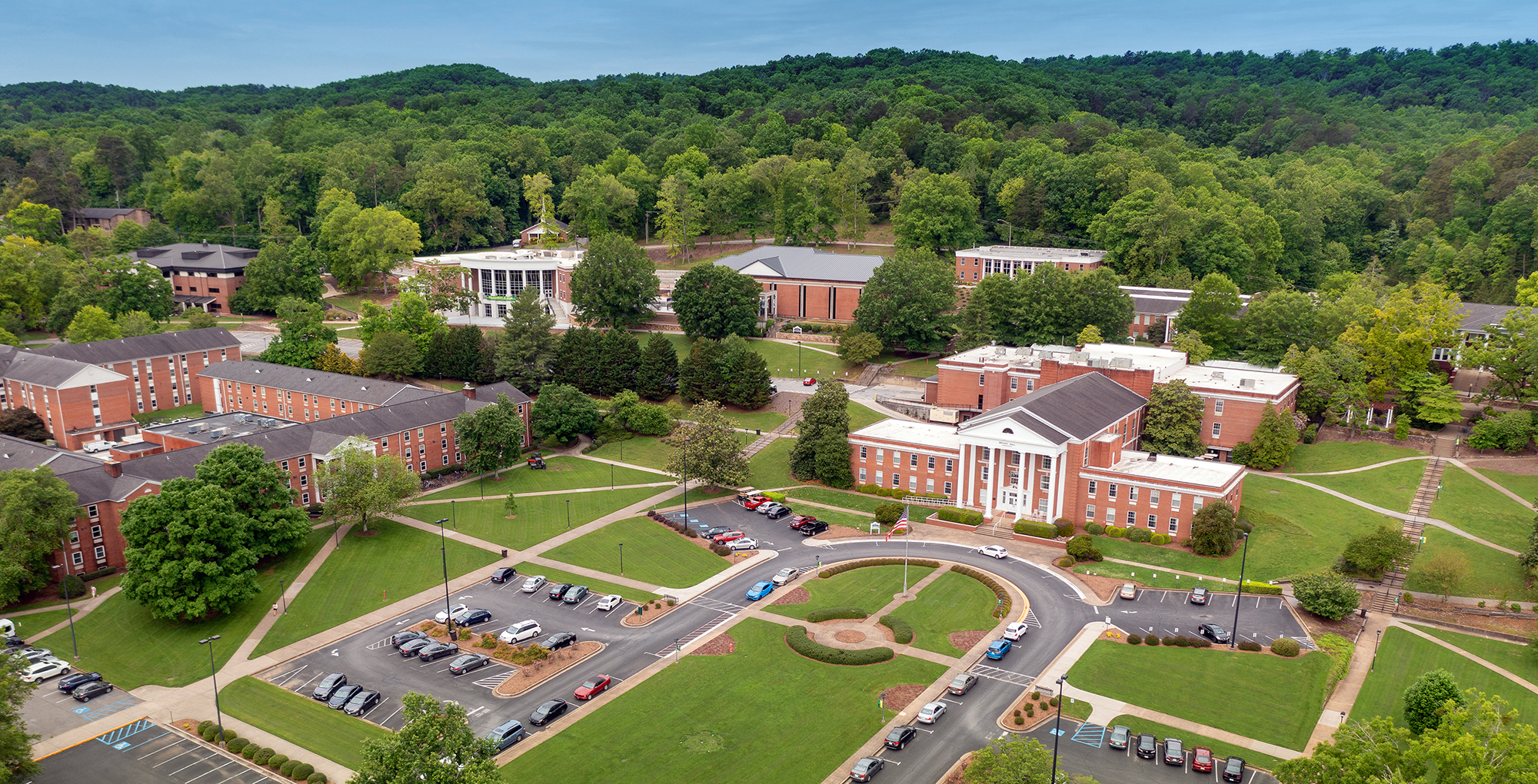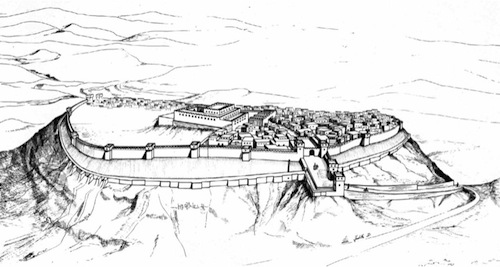
HISTORY OF RESEARCH

The First Expedition
The Second Expedition
The Third Expedition
The third expedition, the Renewed Excavations to Lachish, under the superb direction of David Ussishkin of Tel Aviv University, was a long-term excavation project that extended between the years 1973 and 1987. A subsequent restoration project of the Iron Age gate continued until 1994. The renewed excavations focused on Area S—a large stratigraphic section to the northwest of the gate; Area P—the monumental Canaanite buildings and palace-fort; Area D—a trench in the courtyard of the palace fort; Area G—the city gate; and Area R—the siege ramp and focal point of the Assyrian attack in 701 BCE.
The Starkey-Tufnell and Ussishkin expeditions set new standards in excavation and publication. They revolutionized the understanding of various aspects of Lachish, such as the later history of Judah and the Late Bronze Age Canaanite city from a pre-Israelite period.